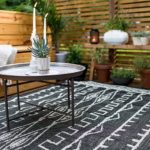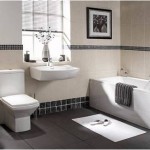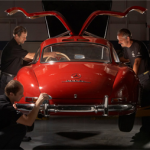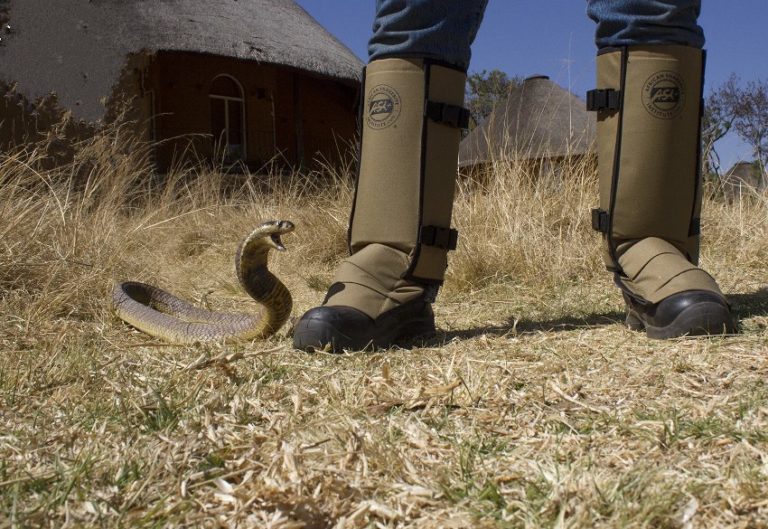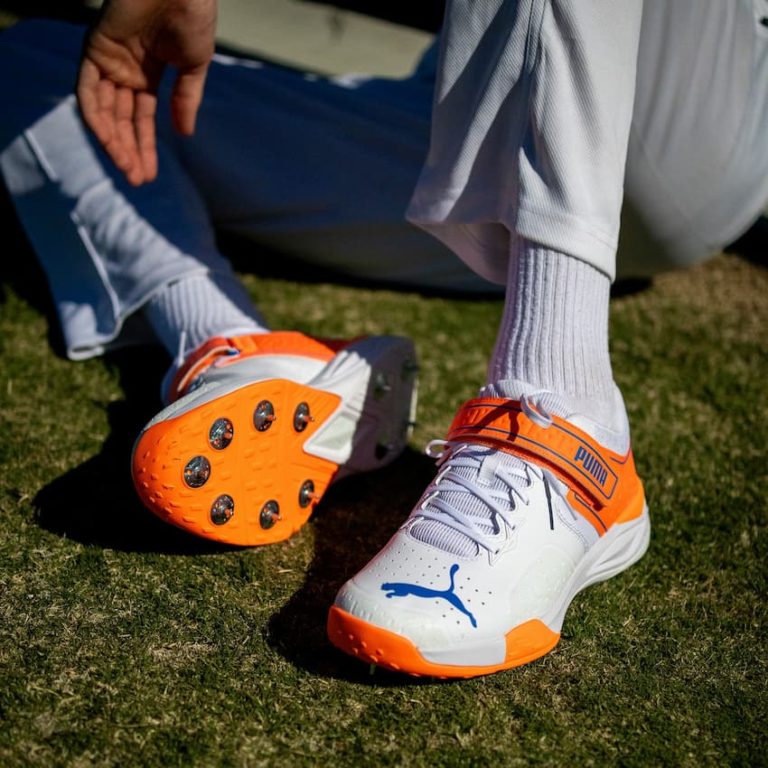Unlike mountain and road bikers, who spend most of their time riding seated (and thus require their seat to be lightweight and comfortable), BMX riders requite very little in that aspect. In fact, all they want from the seat is for it to not get in the way. This is mainly because most BMX riders spend more time in the air than on the seat, so it needs to be durable to occasional impact, and small enough to not get in the way when performing tricks.
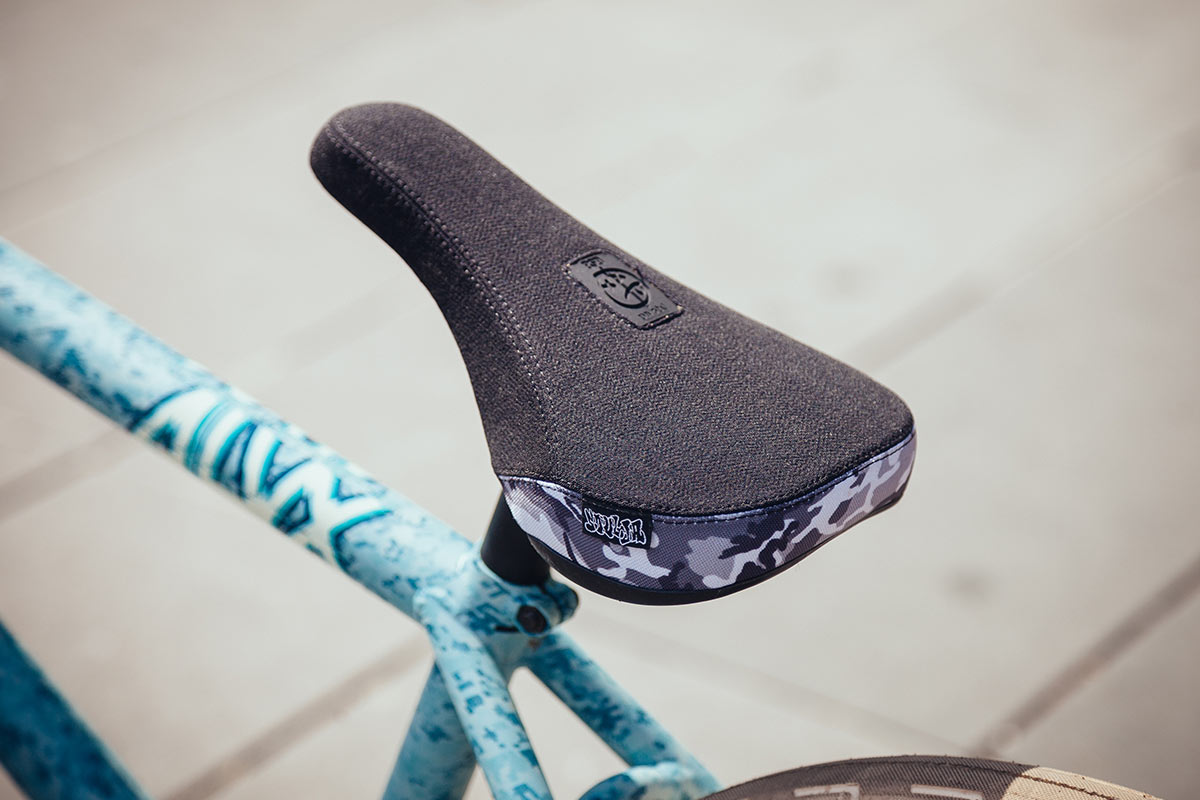
If you’ve decided to buy a seat BMX manufacturers offer a wide range. Some of the things to consider when buying one are width, bumpers and material. Typically, BMX seats are made of moulded plastic with a bit of polyurethane foam padding and a synthetic or leather cover. The choice of cover material is mostly up to personal preference – natural leather is comfortable, durable and supple, but expensive. Synthetic covers, such as nylon, are cheaper and tough, while Kevlar is extremely durable, but again – it comes at a higher price.
Most BMX seats feature Kevlar or plastic bumpers at the sides and the nose to protect against impact. And the seat BMX widths are usually either slim, mid-width or fat. Slim seats are favored by BMX racers, while fat seats are ideal for jump riders, because they offer a lot of grip between the thighs which helps when performing no-hands tricks. Mid-width seats on the other hand, are popular among street and park riders as they’re a solid middle-ground between the other two types.
Another important factor to consider when buying a seat BMX professionals suggest is the type of seatpost fitment used. In other words, the way which the bottom of the seat is attached to the top of the seatpost. Generally, BMX seatposts are quite short when compared to mountainbike or road seatposts, and most of the post sits inside the seat tube. There are five types to choose from: standard, railed, integrated, pivotal and tripod.
- Integrated – the seat and the seatpost are a single unit and they can’t be separated. There are several sizes that are typically used – from 22.2mm up to 35mm in diameter.
- Standard – the seat is a metal pile that slides inside a seat tube. The saddle is bolted onto the top through a small clamp which is often referred to as a seat gut.
- Railed – these are similar to road and mountain bike seats, which feature twin rails below the seat and a corresponding twin-bolt clamp on the seatpost’s top.
- Pivotal – the seatopost’s top is moulded with a series of adjustment grooves, and they can only be used with pivotal seats, and vice versa.
- Tripod – this seatpost features a triangular plate at the top of the seatpost and bolts in each corner, giving the seat three points of support.


